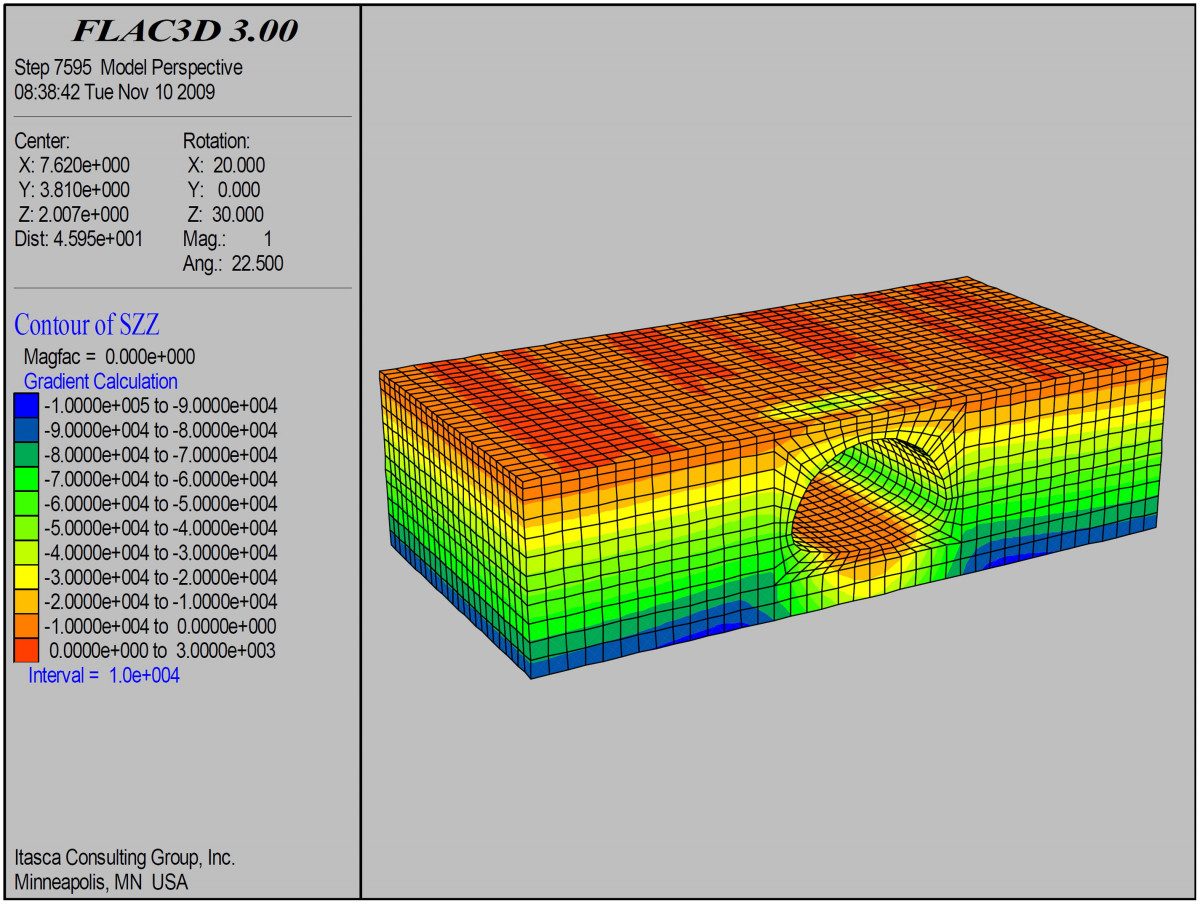

Then, both experimental tests and numerical modelling are carried out on sandstone under multiaxial pre-stress conditions (i.e., uniaxial, biaxial and triaxial compression) followed by dynamic loads. Firstly, the detailed numerical modelling is performed to verify some prerequisites and uncertainties in the experiments, including stress wave propagation and attenuation in three directions, dynamic stress equilibrium, boundary effects, interfacial frictions, and controversial methodologies for applying confining pressure, by using the flat-joint model and parallel bond model. In this study, a three-dimensional (3D) continuum-discrete coupled method is employed to establish a numerical-based triaxial Hopkinson bar system, and the steel bars and a cubic specimen are modelled by continuum zones and bonded-particle material, respectively. The triaxial Hopkinson bar system has been applied to investigate the responses of materials to the coupled multiaxial static-dynamic loads. These synthetic rock samples were subjected to the same loading and unloading paths as the real rock samples, and failed in the same mechanism as what was observed from the experiments, and thus it proved the validity of this numerical simulation with FLAC3D.Rock engineering projects at depth are frequently subjected to dynamic loadings under in-situ stress state, and the studies should be conducted to decipher the coupled effect of confining pressure and strain rate on the behaviour of rocks. Foliation planes of preferential orientations with respect to the primary loading direction were added to the synthetic rock samples to reflect the anisotropy of the gneiss. Various parameters were created to describe the physico-mechanical properties of the synthetic rock samples. The paper describes the FLAC3D simulations of the complex true-triaxial loading and unloading history of the different anisotropic samples. These tests have been used to validate a synthetic simulation using the Itasca FLAC3D numerical code. The results show expected patterns of weakness from preferentially oriented samples and highlight the importance of unloading history under true-triaxial conditions on the deformation and seismic response of the samples. Samples were loaded under true-triaxial stress conditions and subjected to complex loading and unloading histories associated with rock deformation around underground openings. Isotropic pegmatite and gneiss have been used to systematically study the effect of anisotropy on the strength, behaviour and seismic response. A series of true-triaxial experiments have been carried out at the University of Toronto's Rock Fracture Dynamics Laboratory.


 0 kommentar(er)
0 kommentar(er)
